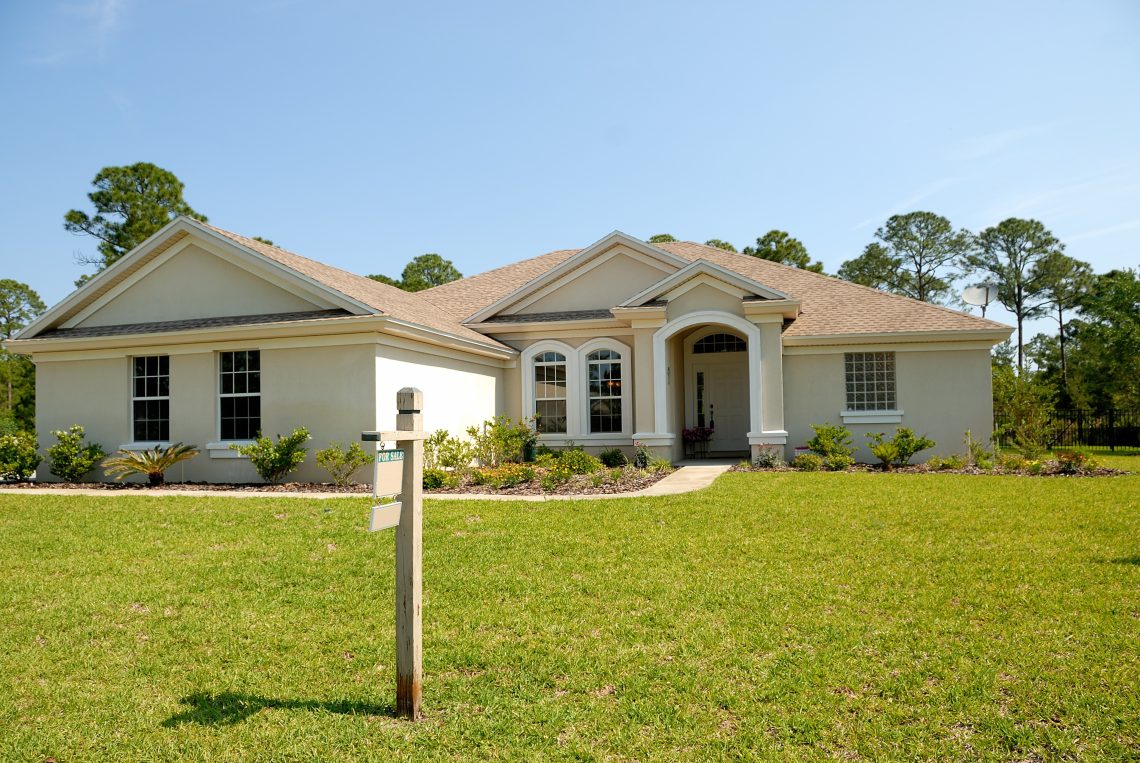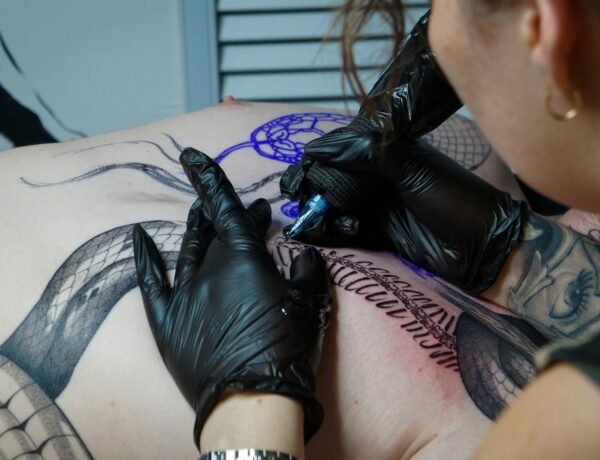Today we want to share 7 ways to secure your home for sale. Home selling can be a daunting experience as it involves an exchange of highly sensitive information plus the transfer of huge sums of money. In such a high-stress environment, you must know how to safeguard your property from ill-intentioned buyers or fraud. We have compiled seven tips to keep your home safe if you are planning to sell it.
- Offer a Home Warranty
Imagine receiving calls from the home buyer every week when the water heater, boiler or plumbing system fails. To avoid this, give the buyer the peace of mind they deserve with a home warranty. You can even make it to be a closing gift. A one-year plan is great when closing on your home. It is a unique approach to protecting your house for sale since you won’t be hit by unexpected costs just before you sell your residence to someone else. The greatest benefit of a homeowner’s warranty is that it lessens the burden of paying for repair and replacement of appliances. It is also an inexpensive way to improve the attractiveness of your house for sale. It makes more sense when your occupancy period continues months after closing. A home warranty should be at the top of your mind to safeguard costly machines and fundamental systems in case they collapse.
- Take Errors and Omissions Insurance
Real estate is not an asset that can be lost without a trace. But there is a dire need to secure the finances at stake. Financial security like the errors and omission insurance sets you at ease in the event of a legal issue. What if the buyer is discontented and decides to sue you months after you closed your home? You can bury this uncertainty by acquiring E&O insurance. The insurance can cover damages and legal fees resulting from undisclosed home defects within three months after the closing date. Sharing the benefits of the errors and omissions insurance with a potential buyer can give you a competitive edge. They will know that they are safe if something goes wrong a few months after purchasing your house. Coupled with a homeowner’s warranty, this plan guarantees a full protection package. It gives you a competitive advantage over other sellers since potential buyers prefer houses that are protected from unexpected mishaps. You may extend this term to another three months.
- Allow Pre-approved Buyers Only into Your Premises
When showing your home, avoid those who don’t seem to be making a serious offer. How do you differentiate serious buyers from jokers? If you have a real estate agent helping you, make sure they are vetting potential buyers only with pre-approved letters. A pre-approved buyer is a more attractive client since they are qualified for the price on offer. These clients already have proof of assets, employment verification, and good credit rating. You will save a lot of time when dealing with such prospects. If the buyer is using an agent, ensure that they are legitimate by verifying their profile.
- Do not Allow Unexpected Visitors
A house for sale is a very sensitive property so no idler should be seen around the front doors. If a prospective buyer needs to see the house, let them make an appointment and follow the right procedure. Work with professional real estate agents who use lockboxes and know the importance of appointments. Always follow your instincts. If it doesn’t feel right, you should probably decline the offer. After showing the house, check that everything is secure from the door locks to the window panels. Call your realtor immediately if you notice any loss or damage. But we don’t mean to scare you with this information. We just want you to be vigilant and practical for personal safety.
- Remove Valuable Items and Pets from the Public Eye.
When taking display photos, the setting should be as neutral as possible. Avoid showing your personal belonging to just any prospect. Hide artwork, jewelry, weapons, and gadgets. Mind what you post online for privacy and security reasons. Never leave any medications exposed or family pictures that could be used against you. The buyer only needs to see the space they can call a new home. Though you want to give them a homey feeling, avoid giving out too much information to the prospects. Keep your pets away when showing the house to make your home as inviting as possible. You don’t want the potential buyer to sue you for pet allergies or dog bites. Some people fear animals like big barking dogs. Other animals like bees and snakes can create extreme fear during the negotiation process. Consider pet boarding or take them for a walk every time you are showing home.
- Check the Internal Security
An open house is a high-risk environment but you can reduce the vulnerability by monitoring the security systems. With a simple sign-up sheet or iPad, you can track those who are entering or leaving your home during a big showing. Get some volunteers to help with this. Ill-intentioned people normally skip their real names. Consider requesting their IDs or license plate numbers. Another way to secure your home is by limiting the entrances. Lock minor doors that do not have security systems in place. Beware of large crowds that enter just before the opening ends. They can distract the agent or start snooping around to steal items. Hire a secrete shopper to check over these activities.
- Bolster the External Security After Showing House
A comprehensive home security system can be your savior. Audio surveillance and CCTV cameras will keep you safe when finalizing your house sale. Even after the first open house event, there might be a few risks left unattended. Check the doors and windows to see that they are locked properly. A poacher might have cracked the window to create a passage. Be careful with the locks and deadbolts. If there are any faulty locking mechanisms repair them as soon as possible and don’t leave the house unlocked when heading out.
Final Word: Putting up your home for sale can put you in a vulnerable position if you are not armed with the right security measures. Get ready for the worst-case scenario.
Read more lifestyle articles at ClichéMag.com
Images provided by Creative Commons, Flickr, Unsplash, Pexels & Pixabay





